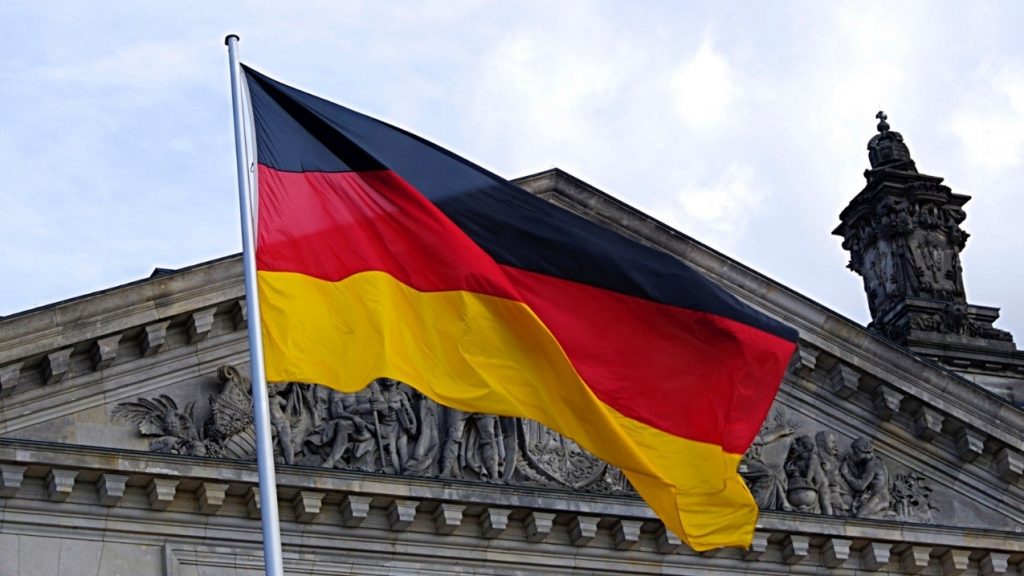The German Federal Court of Justice recently published a decision (Case No. I ZB 16/20) clarifying that trademark owners bear the burden of proof for public recognition of a trademark within the affected trade circles in cancellation proceedings as well as in trademark application proceedings.
What is a trademark owner?
It is the owner of a trademark who is best placed to prove that a sign has become established in the affected trade circles as a result of its use, so in cancellation proceedings they are also required to prove those circumstances from which the continued existence of the trademark results.
Trademark owners bear the burden of proof for the public recognition of a trademark
Most German lawyers are likely familiar with the German legal periodical “Neue Juristische Wochenschrift” (NJW), published by German publisher Beck. The German Federal Court of Justice has now decided whether the orange color of the magazine’s cover (color mark No. DE 30 2008 037 660) is likewise so well known that it has been established in the relevant trade circles as a result of its use (FCJ).
The starting point of the proceedings was an application for cancellation filed in October 2015 against the color mark. According to the applicant, the color mark was not distinctive and the conditions for its public recognition due to use were not met, either. The applicant claimed that the sign had thus been wrongly registered in 2009 as a mark with distinctive character. However, the applicant was unsuccessful both in its application for cancellation before the German Patent and Trademark Office (DPMA) and in its subsequent appeal before the Federal Patent Court (BPatG).
The BPatG found that the “NJW-Orange” had a “considerable degree of distinctiveness” and pointed out that the applicant’s submissions were not sufficient to establish a lack of distinctiveness. However, the Federal Patent Court also stated that it could not be proven beyond doubt that the color mark had become established in the affected trade circles as a result of its use. However, according to the previous case law of the Federal Court of Justice, any doubts as to whether an obstacle to protection existed at the time of registration or application for registration would be borne by the applicant for cancellation. However, the BPatG also expressed doubts as to whether this could be upheld against the background of the ECJ case law (ECJ GRUR 2014, 776 – Deutscher Sparkassen- und Giroverband/Banco Santander [Sparkassen-Rot]); the Federal Court of Justice not clarified this question in its previous decisions.
Based on the ECJ case law, the German Federal Court of Justice recently clarified for revocation proceedings that trademark owners bear the burden of proof for the genuine use of their trademarks. In this respect, the FCJ disregarded its previous case law and follows the European Court of Justice, according to which it was the trademark owner who was in the best position to prove that a trademark had been put to genuine use (see our German blog post on this subject).
In its latest decision on this subject, the German Federal Court of Justice highlights the change in its previous case law and states that trademark owners would have to face the same burden of proof in application or cancellation proceedings if they seek protection for a trademark with the argument that it has become established in the affected trade circles as a result of its intensive use. In cancellation proceedings, it is up to the trademark owner to prove those circumstances from which the (continued) existence of his trademark results. Moreover, the acquisition of distinctiveness through use (§ 8 (3) German Trademark Act) is an exception to the statutory grounds for refusal. The party relying on this exception must therefore also provide proof in this regard.
The decision of the German Federal Court of Justice resolves the previous tension between the case-law of the ECJ and FCJ. For trademark owners, however, the decision sets significantly higher obstacles in future cancellation proceedings. From now on, any doubts as to whether or not a trademark has become established in the affected trade circles will be to detriment of the trademark owner.
In the present proceedings, the BPatG must now clarify once again, based on proof provided by Beck, whether the “NJW-Orange” has become publicly recognized as a trademark for legal journals.
You can see a list of Germany IP firms here.

